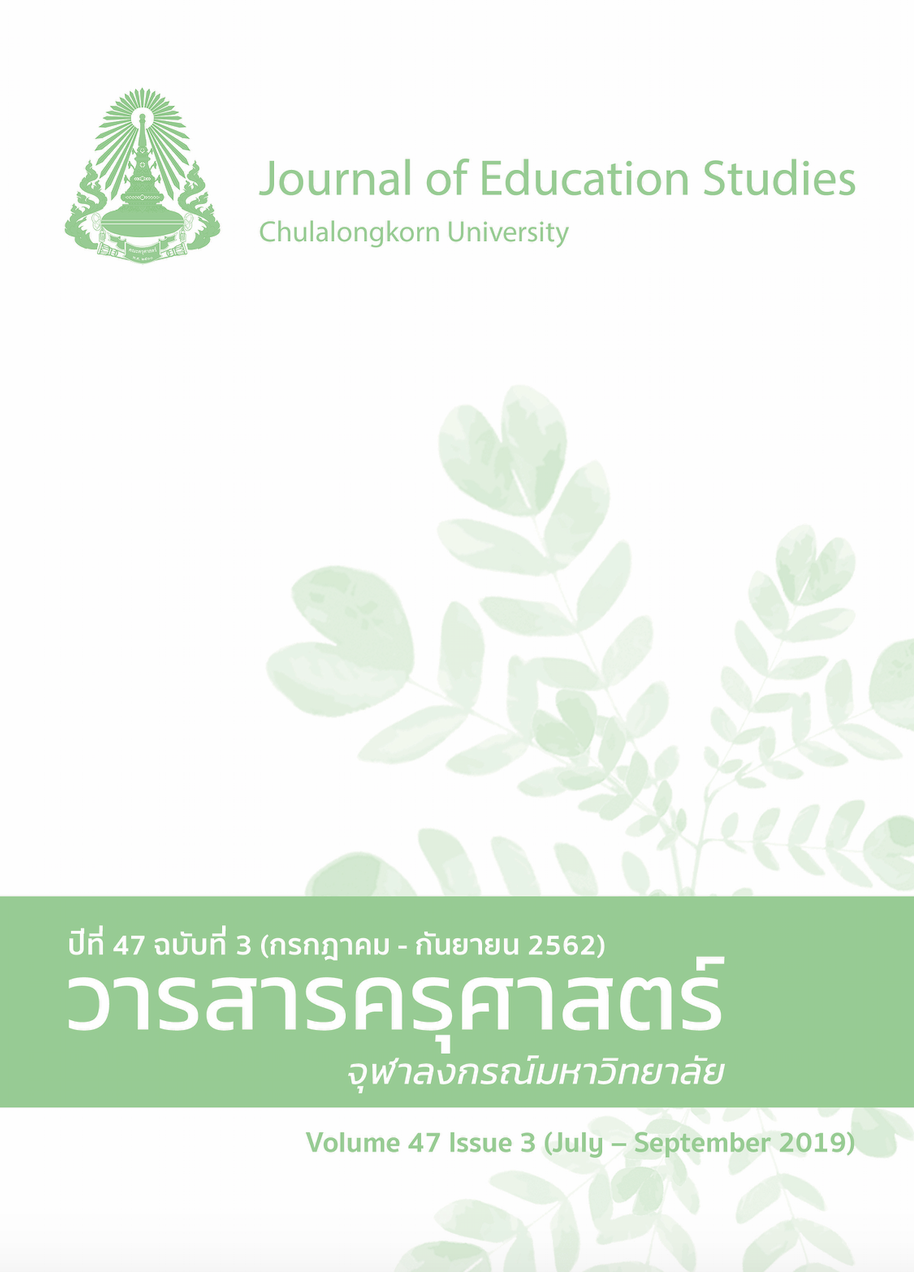Teaching Nature of Technology in Modern Science Classroom by Engineering Design Process
Keywords:
NATURE OF TECHNOLOGY, ENGINEERING DESIGN PROCESS, STEM EDUCATION, INSTRUCTIONAL MODELSAbstract
The next generation of science teaching is moving from the explanation of the natural phenomena to the era of creating technology and innovation to solve challenging problems. This article presents the meanings and essential characteristics of the nature of technology: the technological process can result in errors; the difference of technology bases on each area; technology affects environment and society. To address the nature of technology in a science classroom, teachers should engage the students in the engineering design process (EDP) as well as encourage them to explicitly reflect upon the relevant tenets of the nature of technology. There are three common instructional models where EDP is integrated: the SLED model, 6E Learning, and Project-Based Learning. To evaluate student’s learning EDP, the teachers should use authentic assessment and refer to the competencies and indicators in National STEM Standards of Thailand developed by the Institute for the Promotion of Teaching Science and Technology
References
ภาษาไทย
ประสาท เนืองเฉลิม. (2558). การเรียนรู้วิทยาศาสตร์ในศตวรรษที่ 21. กรุงเทพฯ: สำนักพิมพ์แห่งจุฬาลงกรณ์มหาวิทยาลัย.
พงศ์ประพันธ์ พงษ์โสภณ. (2561). แนวการจัดการเรียนรู้แบบสะเต็มศึกษา. คู่มือฝึกอบรมเชิงปฏิบัติการนวัตกรรมเลียนแบบธรรมชาติสู่การจัดการเรียนรู้ตามแนวทางสะเต็มศึกษา. เอกสารไม่ได้ตีพิมพ์, คณะศึกษาศาสตร์, มหาวิทยาลัยเกษตรศาสตร์, กรุงเทพฯ, ประเทศไทย.
มนัส ชวดดา. (2560). การศึกษากระบวนการออกแบบเชิงวิศวกรรมศาสตร์ของนักเรียนระดับชั้นมัธยมศึกษาปีที่ 3 เรื่อง ปริมาณออกซิเจนละลายในน้ำ ด้วยการจัดการเรียนรู้ผ่านสะเต็มศึกษา (วิทยานิพนธ์มหาบัณฑิต ไม่ได้ตีพิมพ์). มหาวิทยาลัยบูรพา, ชลบุรี.
ลือชา ลดาชาติ และ ลฎาภา ลดาชาติ. (2561). จากการรู้วิทยาศาสตร์และการสืบเสาะสู่สะเต็มศึกษาและการออกแบบ. วารสารศึกษาศาสตร์ มหาวิทยาลัยนเรศวร, 20(1), 246-260.
สถาบันส่งเสริมการสอนวิทยาศาสตร์และเทคโนโลยี. (2558). มาตรฐานสะเต็มศึกษา. กรุงเทพฯ: ซัคเซสพับลิเคชัน.
สุทธิดา จำรัส. (2560). นิยามของสะเต็มและลักษณะสำคัญของกิจกรรมการเรียนรู้ตามแนวสะเต็มศึกษา. วารสารศึกษามหาวิทยาลัยสุโขทัยธรรมธิราช, 10(2), 13-34.
ภาษาอังกฤษ
Apedoe, X. S., Reynolds, B., Ellefson, M. R., & Schunn, C. D. (2008). Bringing engineering design into high school science classrooms: The heating/cooling unit. Journal of Science Education and Technology, 17(5), 454-465. doi:10.1007/s10956-008-9114-6
Baker, E., Trygg, B., Otto, P., Tudor, M., & Ferguson, L. (2011). Project-based learning model relevant learning for 21st century. Washington, DC: Pacific Education Institute.
Burke, B.N. (2014). 6E Learning by DesignTM model. Technology and Engineering Teacher. 10(2), 14-19.
Capobianco, B. M., Nyquist, C., & Tyrie, N. (2012). Shedding light on engineering design: Scientific inquiry leads to an engineering challenge, and both are illuminated. Science and Children, 50(5), 58-64.
International Technology Education Association. (2007). Standards for technological literacy: Content for the study of technology. Reston, VA: Author.
National Research Council. (2012). A framework for K-12 science education: Practices, crosscutting concepts, and core ideas. Washington, DC: NAP, National Acad. Pr.
Rutherford, F. J., & Ahlgren, A. (1990). Science for all americans. New York: Oxford University Press.
Tseng, K., Chang, C., Lou, S., & Chen, W. (2013). Attitudes towards science, technology, engineering and mathematics (STEM) in a project-based learning (PjBL) environment.
International Journal of Technology and Design Education, 23(1), 87-102. doi:10.1007/s10798-011-9160-x
Vasquez, J. A., Sneider, C., & Comer, M. (2013). STEM lesson essential, grades 3-8: Integrating science, technology, engineering, and mathematics. New York: Heinemann.




